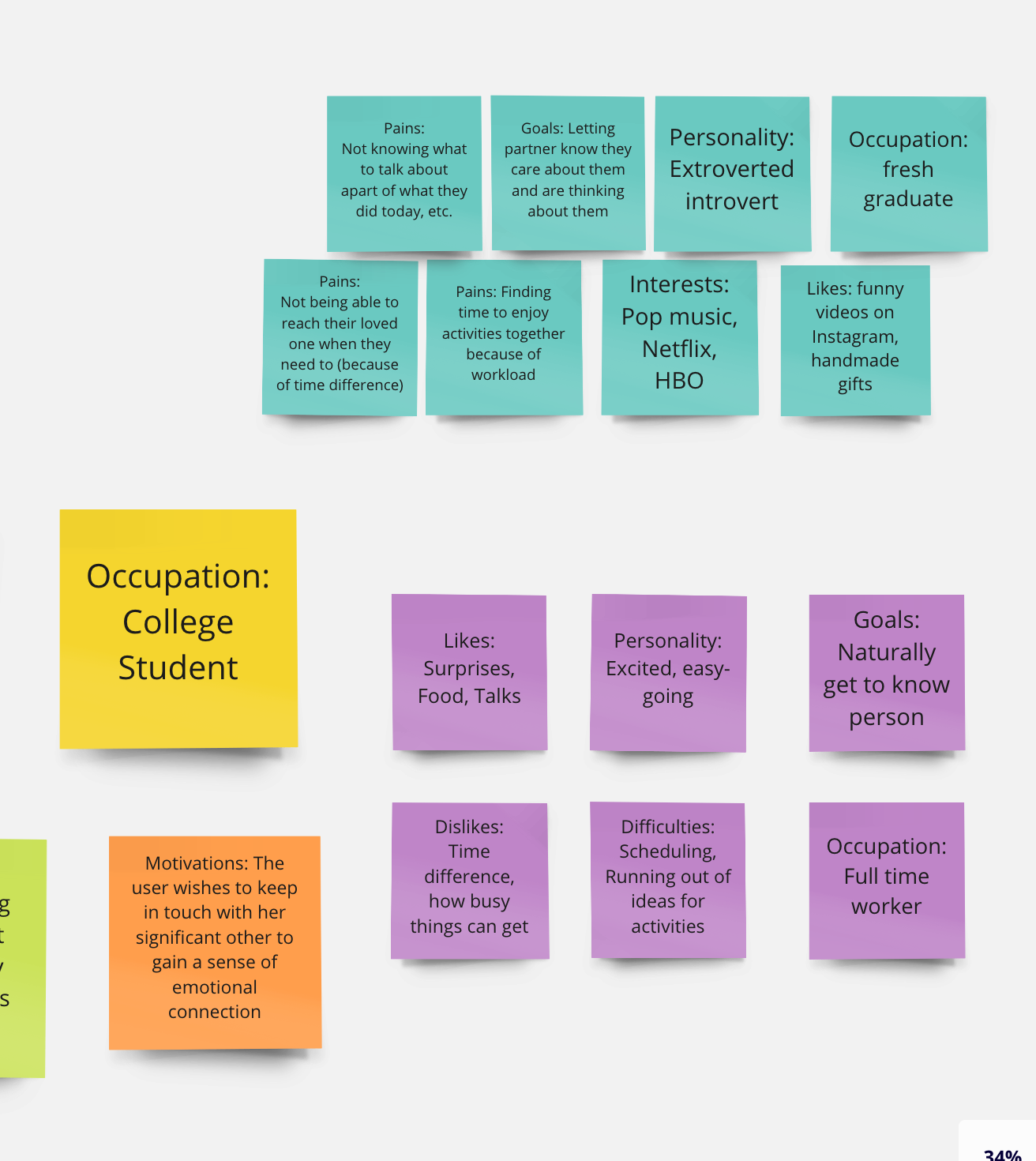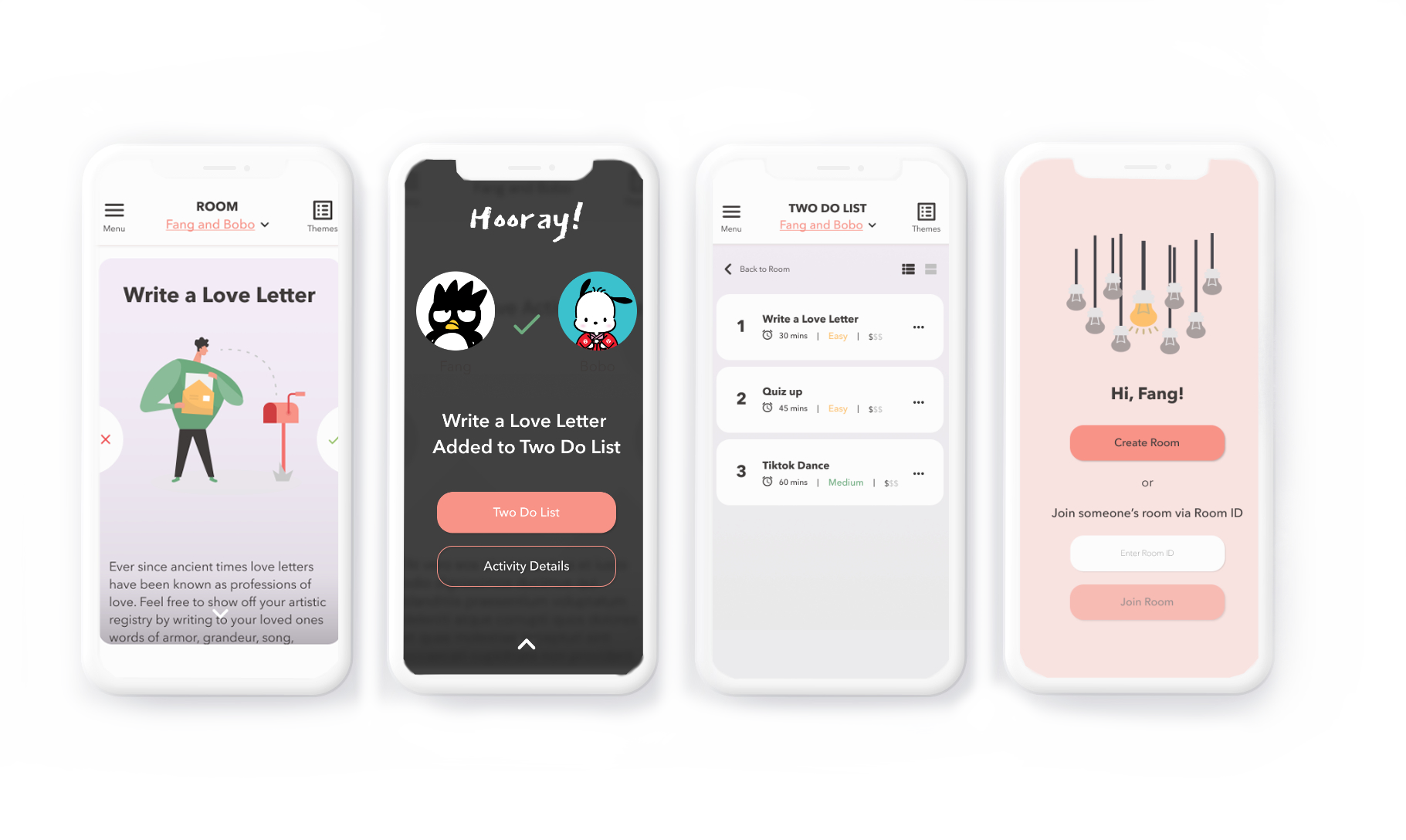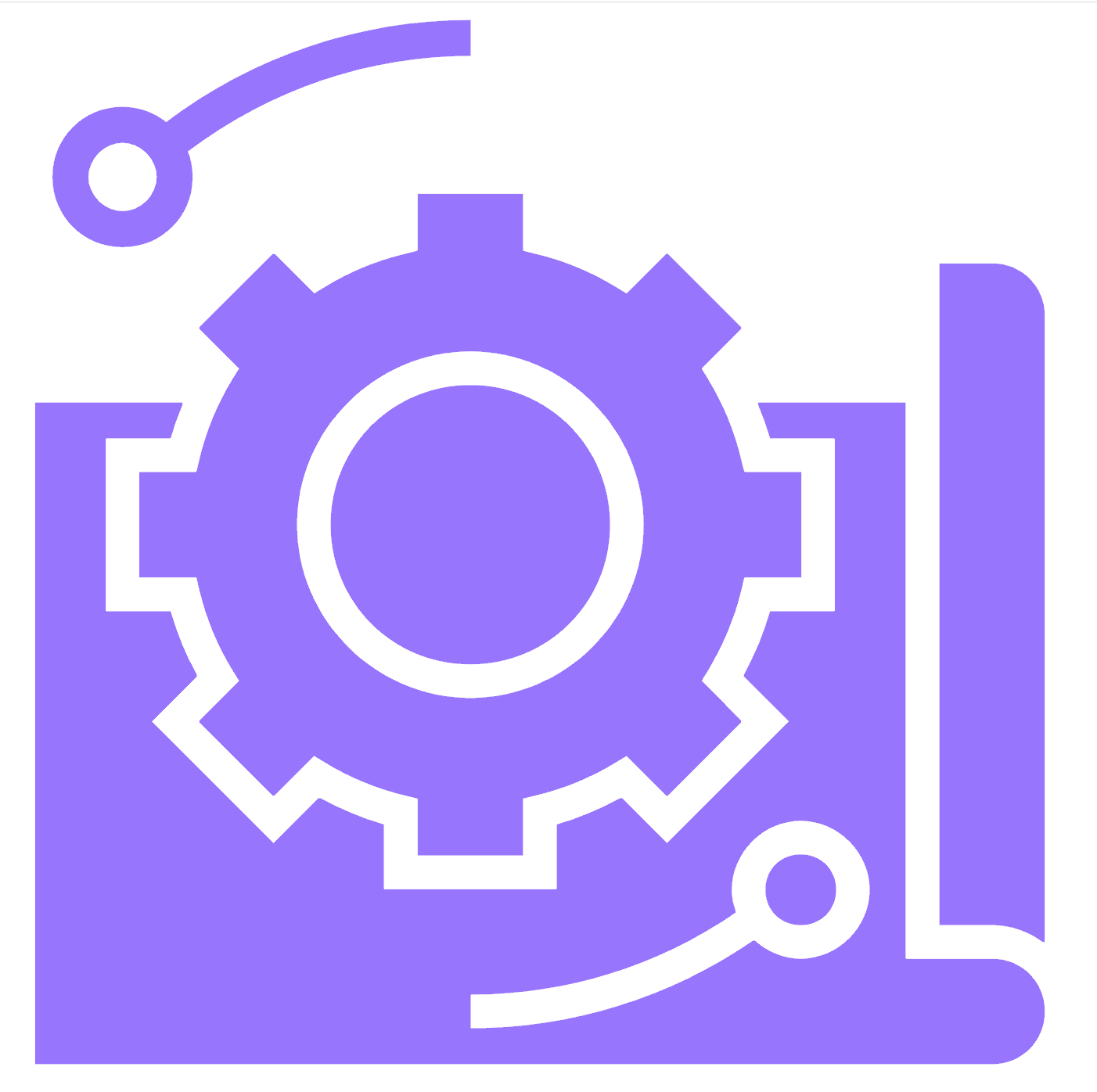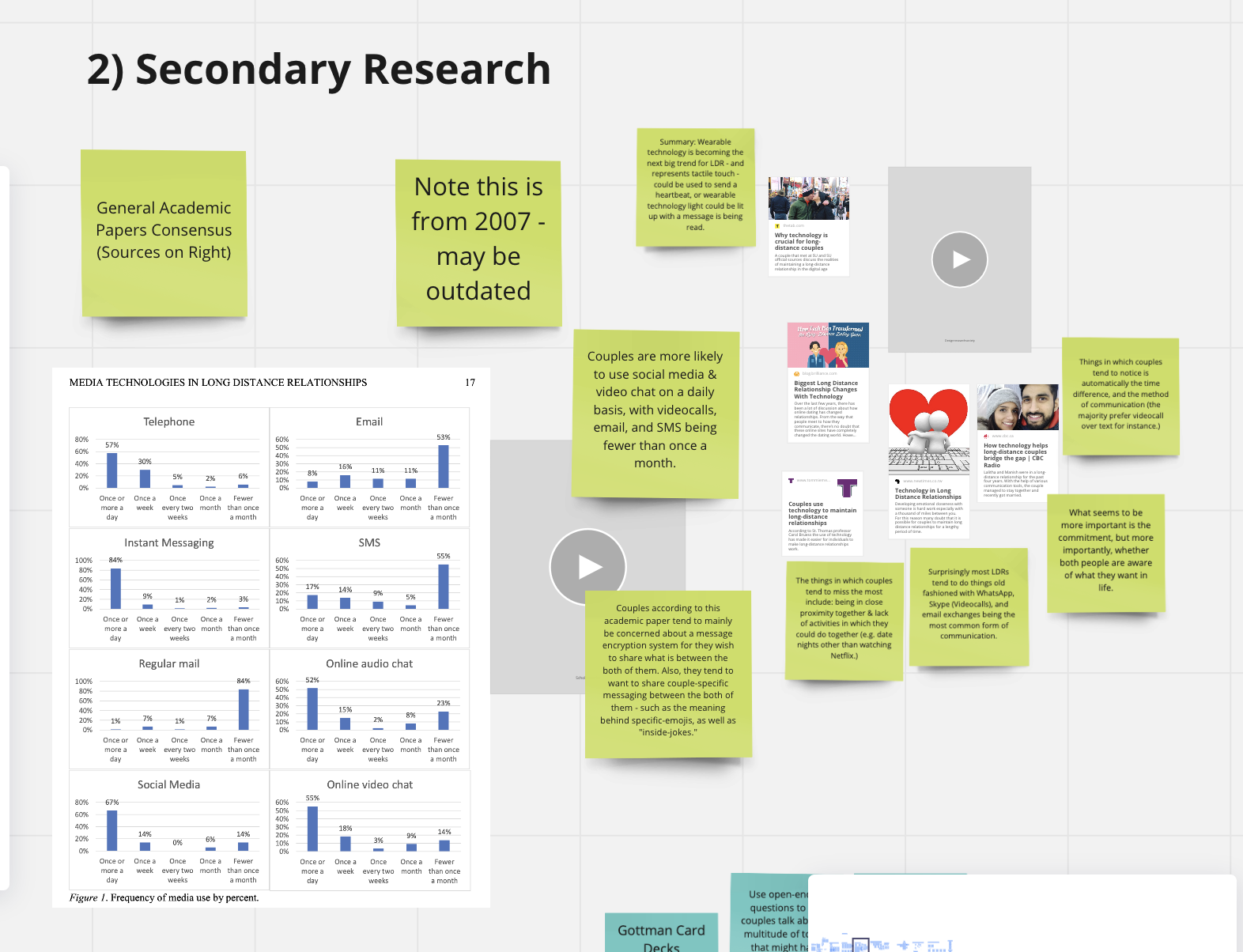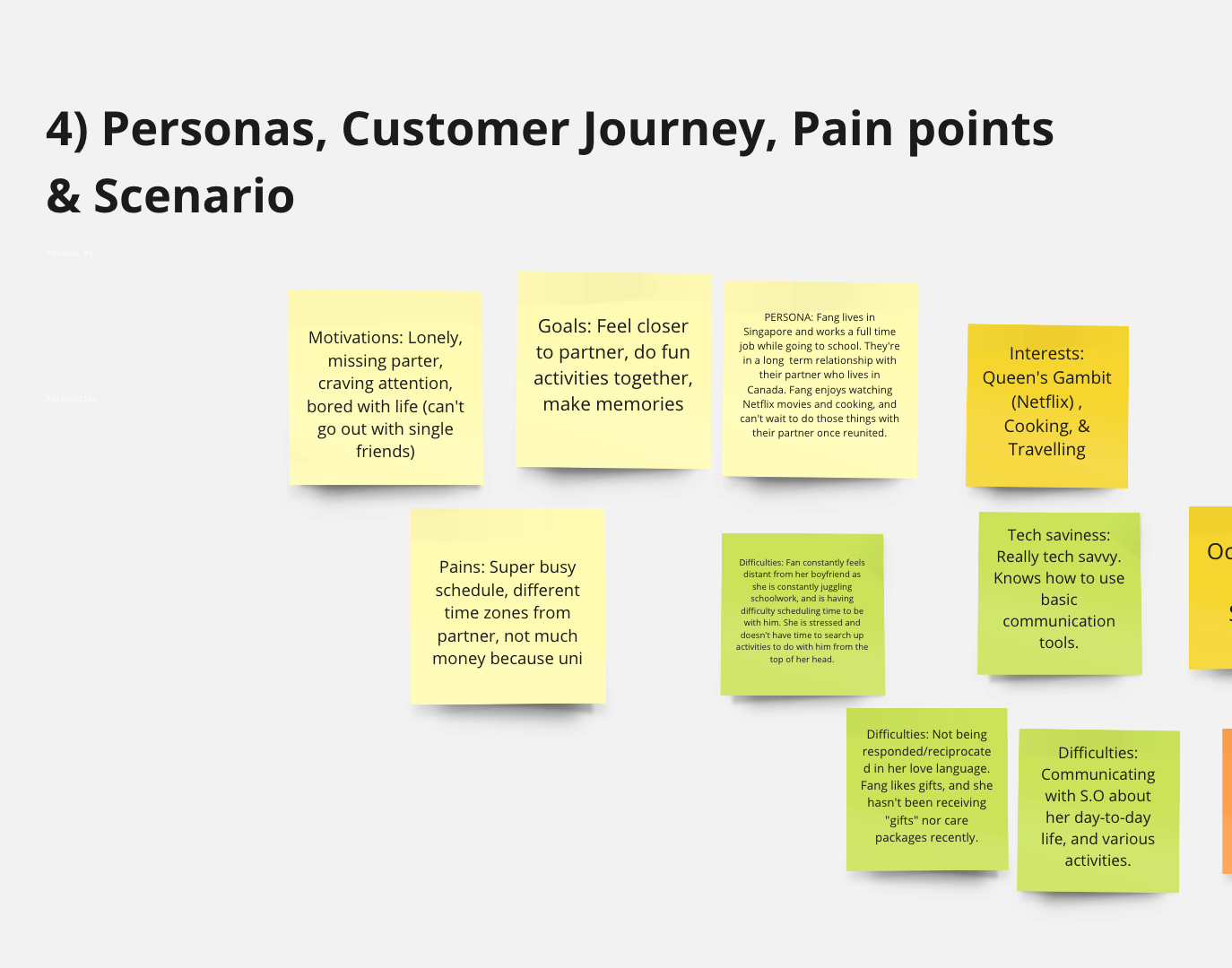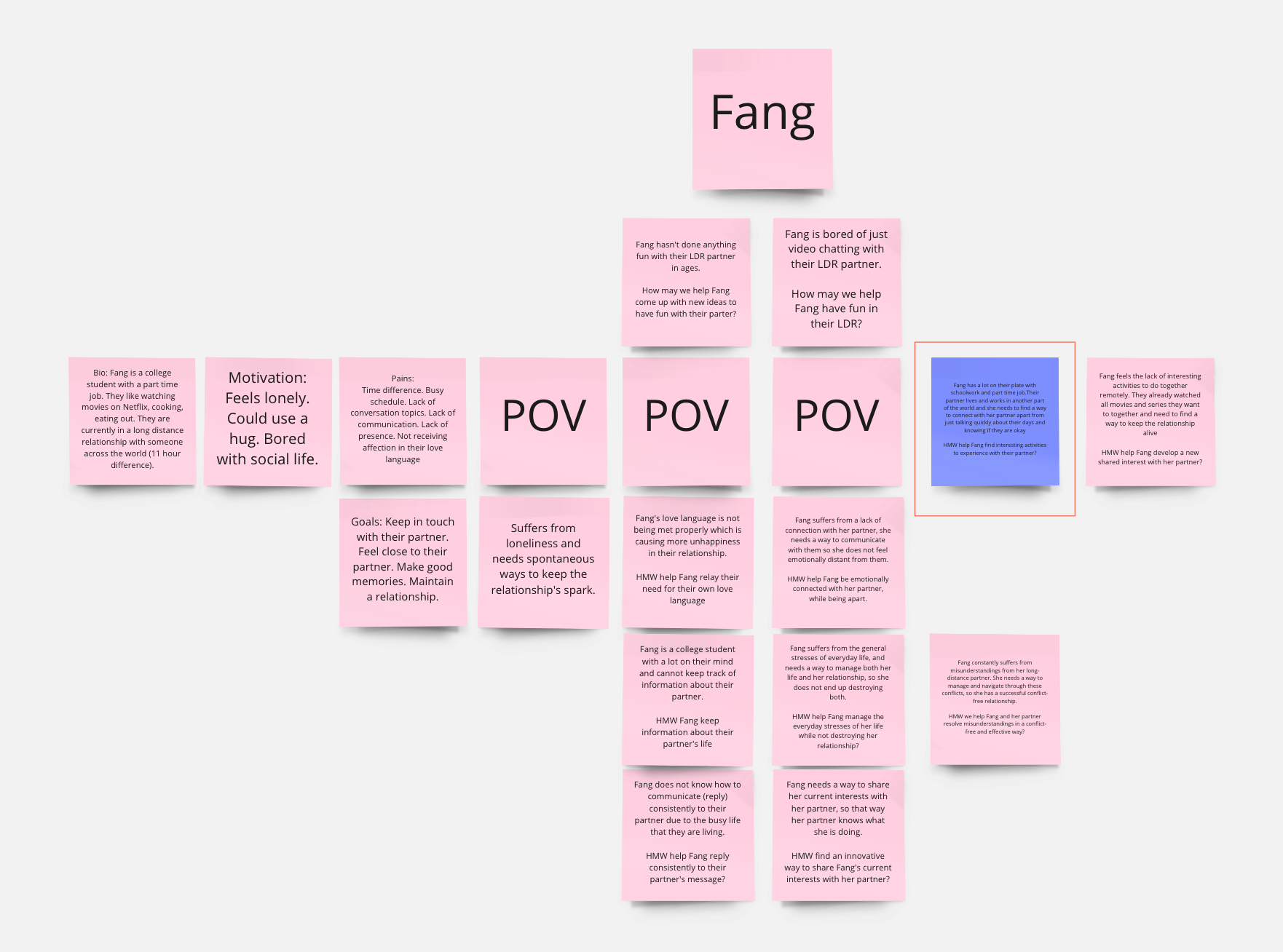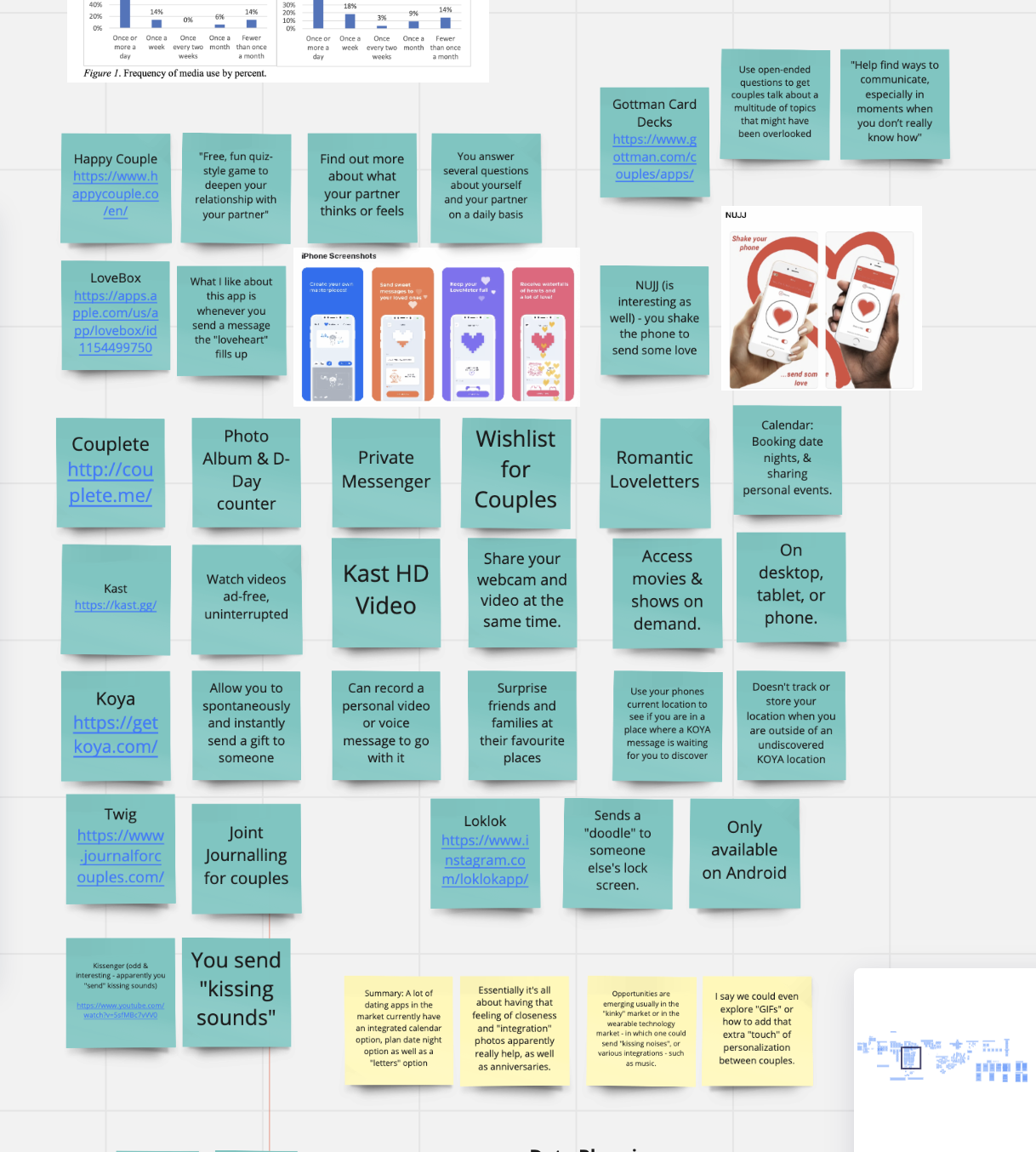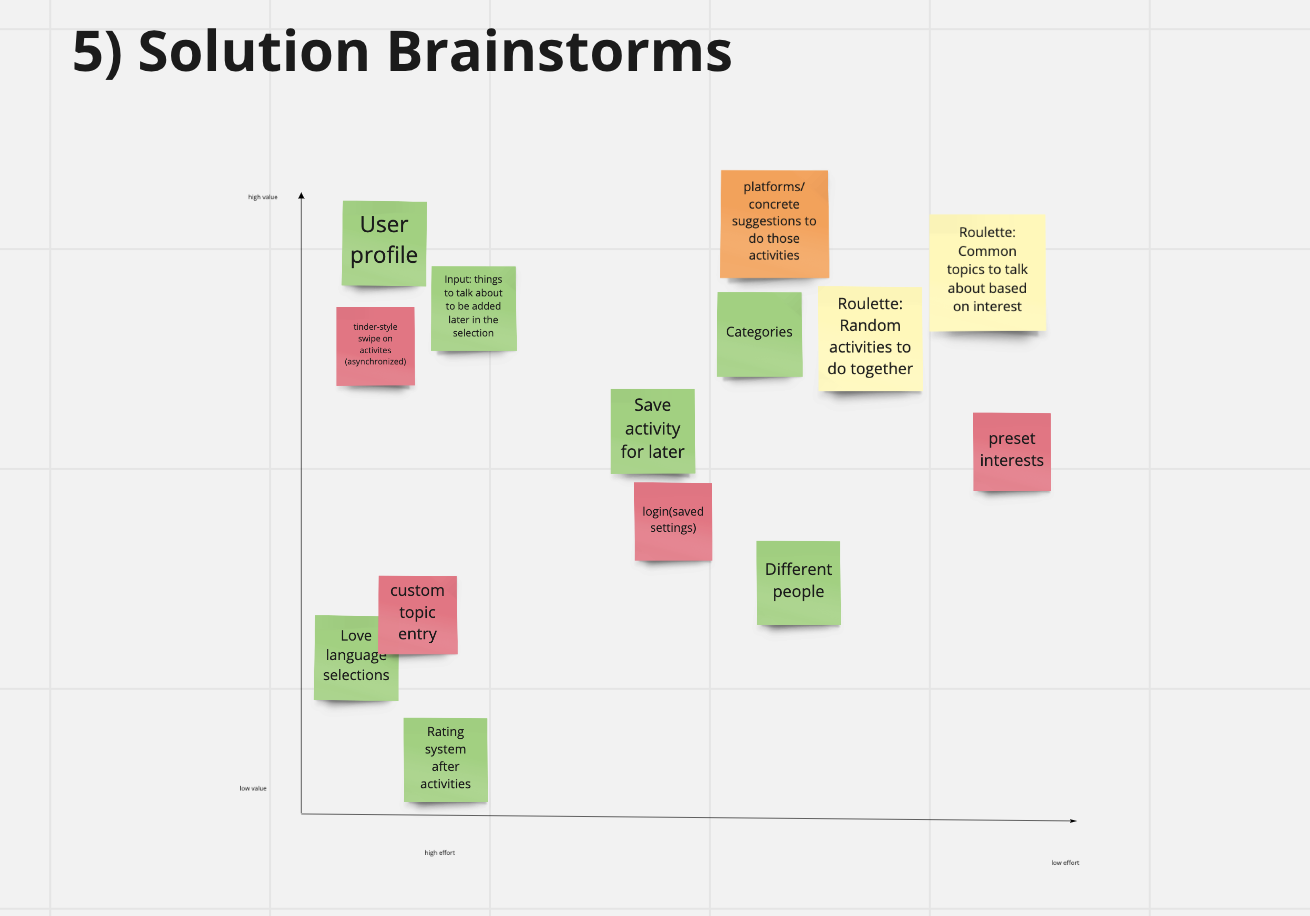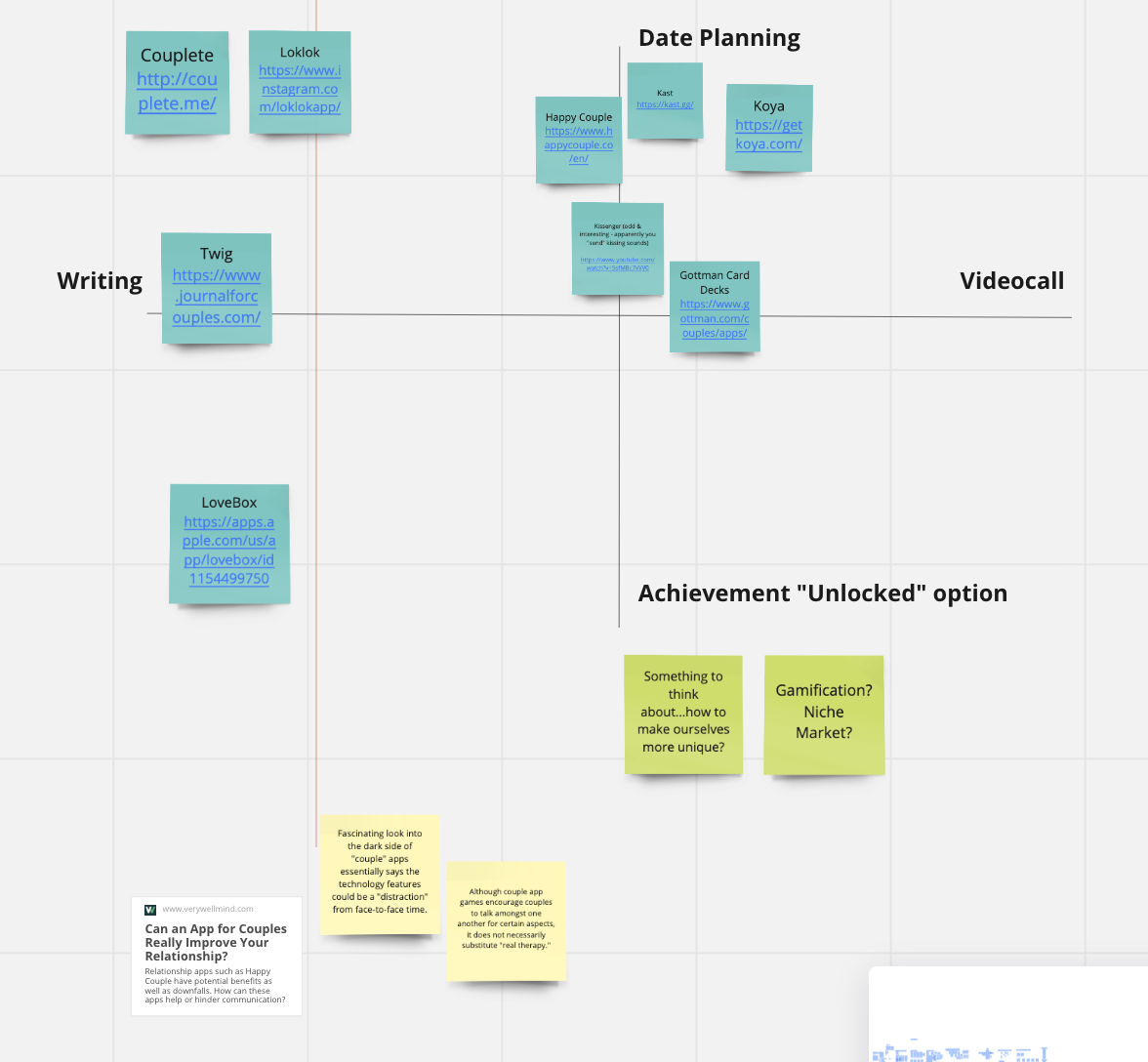Persona Creation: Identifying Pain Points, & Strategies to identify these painpoints.
Based upon our secondary research, we then started to define our persona,
Fang,
by identifying her various pain points and fleshing out her motivations, goals and interests.
After fleshing out her persona, we decided to form Fang's
POV Statement.
Based on the many POV Statement's we had enacted - we decided that the main priority for Fang was coordinating activities with her partner due to her long-distance relationship. Not only does she have to consider the drastic time difference between herself and her partner, but she also has to consider how to maintain her relationship with her partner amidst the many stresses of her life.
